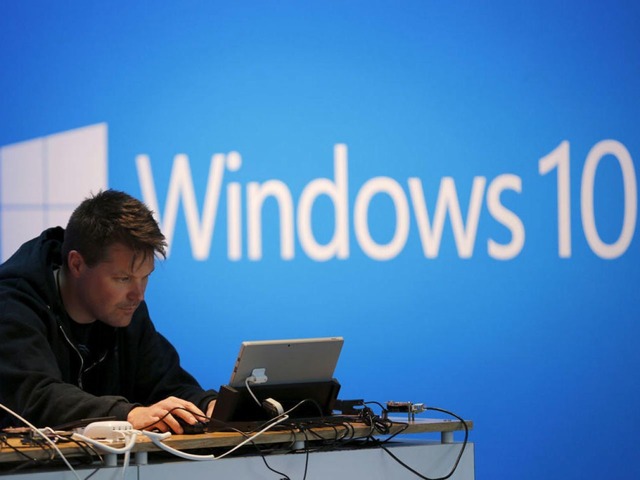On February 3, Microsoft announced that it had “reached widespread deployment” by taking the gradual release of “Windows 10 version 2004”, which was released more than half a year ago, to the next stage.Revealed.. This makes version 2004 available to all users.
“Windows 10 version 2004 has reached the stage of widespread deployment. The recommended service option is the semi-annual channel,” the company said.
The move to broader deployment will allow corporate customers to accelerate the deployment of this version of Windows 10.
Microsoft has also updated the status of “Windows 10 version 1909” to “a stage where it can be widely deployed to all users via’Windows Update'”. Again, the recommended service option is the semi-annual channel.
Meanwhile, support for the consumer edition of Windows 10 1909 has been announced to end on May 11, 2021. This means that users of that edition will need to migrate to Windows 10 2004 or Windows 10 20 H2. Version 1909 was released in November 2019. In November 2020, Microsoft finally started a forced update to version 1909 of Windows 10 1903 PCs.
MicrosoftRelease information pageSo, “As of May 11, 2021, all editions of Windows 10,” Home, “” Pro, “” Pro Education, “” Pro for Workstations, “and” Windows Server version 1909 “will be discontinued.” There is. The Education and Enterprise editions of Windows 10 1909 will end service on May 11, 2022.
It remains unclear whether Microsoft will release the “Spring” Windows 10 feature update (21H1) as usual. However, there are signs that a major UI renewal is planned for the Windows 10 21H2 update, which will be released in the fall.
The status of Windows 10 20H2 hasn’t changed, and it’s still available for “seekers” (users who actively access Windows Update, check for updates, and download them immediately). Microsoft is gradually expanding its offerings after confirming that there are no compatibility issues.
This article is from overseas Red VenturesarticleWas edited by Asahi Interactive for Japan.
–
– .


